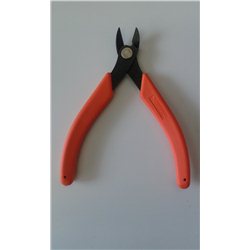There are a number of glue options that are available to a modeller when assembling a Metcalfe Card kit. Each glue...
No products
Product successfully added to your shopping cart
There are 0 items in your cart. There is 1 item in your cart.
Search Tips
Christmas and New Year
We are dispatching orders every weekday apart from Christmas Day, Boxing Day and New Year's Day.
If you order is time critical, select next day delivery at checkout.
The shop in Sandown is closed from 25th December, reopening on 30th December.
Is a vertical track cutter better than a standard track cutter?
Although both a vertical cutter and a standard one do the same job, they do have different purposes.
The vertical track cutter allows you to cut track which has already been secured to your base board whereas the standard cutters allow you to cut track before it is laid.
It is best to have one of each in your toolbox for every eventuality.
These cutters are designed specifically for cutting track up to code 100 whether nickel silver or brass and should only be used for cutting track to preserve the cutting edges.
If the cutters are used for cutting random pieces of wire or similar, the cutting edges can be damaged or blunted.
When using track cutters, it is advisable to remove the track from the sleepers to guarantee a perfect cut.
Always be safe and wear safety glasses.
Click here to receive the tips weekly in your mailbox. You can unsubscribe at any time.









